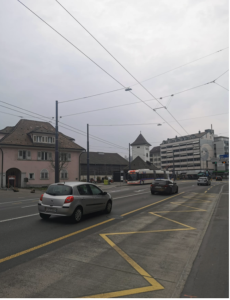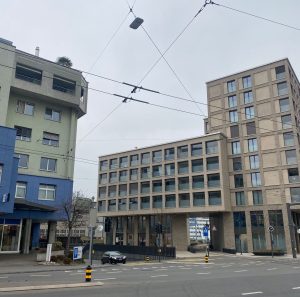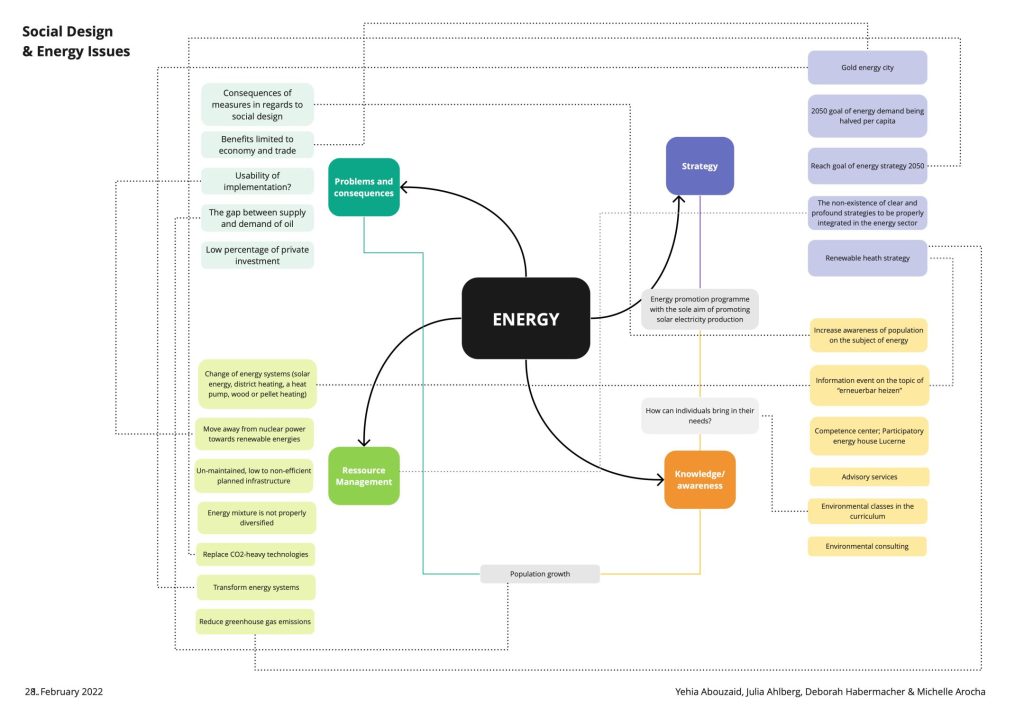What is Social Design?
Social Design as designing for society – This was my initial thought when I heard the term Social Design. I imagined an active practice of creating something for society that makes sense.
What exactly goes into understanding Social Design, and what has Social Design to do with Design Management? These are the two main questions of mine. To sort the inputs, I got with the readings and in class, I tried to divide my thoughts and learnings into sub-questions.
Who designs?
The paper of Gorb and Dumas (2011) discussing the methodology of design being part of any organization and of many traditional functional areas, shows for me the spread of design in societal common structures. Creating the term “Silent Design” for the design that happens when one does not intentionally design shows the complexity of design practice. I never realized the need for a term describing the unintentional design as I thought designing always happens somewhat intentionally.
Whereas now design can be called as something that also happens naturally and unintentionally, I can see how anyone without even knowing has an influence on designing situations.
But why do we then need professional designers if everyone designs? Here the importance for me is awareness and intention. – A professional designer is aware of the practice and can therefore intentionally influence what is designed. This professional designer can also understand the situation of “Silent Design” and make an unintended impact seen.
Why design/design thinking?
“[…] design creates and implements creative changes.” (Junginger, 2016)
Design thinking is not a method but informs a logic of an organization. It describes the connection between the four elements of organizations; people, resources, structure and purpose, where without these elements there is no reason for an organization to exist. As soon as people engage with these core elements, there is a design activity, and each change of these relationships gives shape to an organization/society. Therefore, design is needed to understand and interact these core elements of an organization and this makes design a core activity of organizations. (Junginger, 2016)
Why social?
As people are part of these four core elements of organizations, any organization without people has no existence (Junginger, 2016). An organization is a system with humans, inside and out, so not only the people who would be served by an organization’s activity but also the people part of an organization. People are of social nature and designing for people, depending on the level of perception, but in this case, human-centred design needs to consider the context of design on an intertwined system level.
To bring back all of this, I would say as design managers we will engage exactly in being in the position of the professional designer to create awareness of the design that happens unintendedly. We can provide guidance and assistance to bring together involved people in order to use design at its best. As design managers, we can bring in the perspective of the intertwined system level which helps us see the impact of design decisions on a bigger scale and with relevance for society.
My new understanding is not anymore based on Social Design as an “active practice of creating something for the society that makes sense” but as a mindset of designing the intertwined system.
by Julia Ahlberg
Gorb, P. & Dumas, A. (2011). Silent design
Junginger, S. (2016). Transforming Public Services by Design: Re-Orienting Policies, Organizations and Services around People



